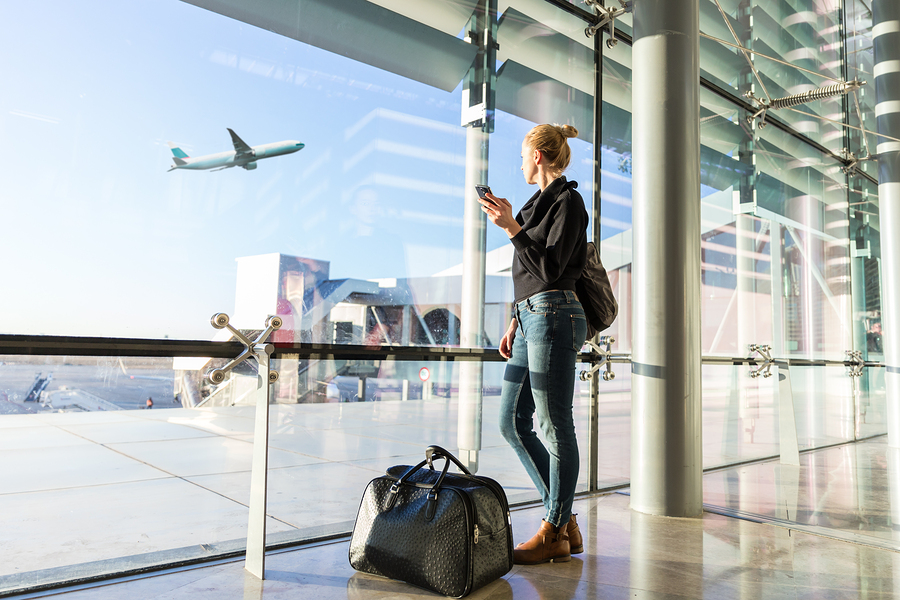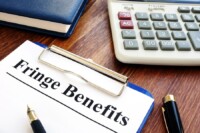
Our tax accountant in Melbourne explains the “cents per km” method
Unlike your personal tax return, businesses activities are subject to many additional tax obligations, depending on their operations.
Even if you aren’t a business owner yourself, certain expenses incurred in the course of performing your job can impact your tax, as well as the deductions you’re eligible for.
Long story short, business activities can result in your tax returns becoming far more complicated.
We understand that you might be struggling to make sense of it all. Our tax accountants in Melbourne can help.
Our business accountants in Melbourne introduce you to the cents per kilometre method
Running a business can be expensive – that’s a fact. Another is that businesses (in particular, small businesses) are what drive the Australian economy.
While the methods differ, all sides of politics agree that it’s imperative that they make things easier for you, the business owner.
One of the vehicles for this are deductions for motor vehicle-related expenses.
Certain businesses require employees to spend a lot of time on the road, using their own vehicles to get from point A to point B:
- Ferrying equipment
- Attending networking and training events
- Visiting worksites or attending client meetings
If you use your own vehicle to carry out these duties, you may be eligible to claim a tax deduction for your expenses when EOFY rolls around to ease the burden on your wallet.
While most use the logbook method (where you manually track business and personal travel against each other), another popular method is the cents per-kilometre method.
How does it work?
It’s simple: for every kilometre you drive for business purposes, you will be able to claim a set rate as a deduction.
While a lot of people describe the cents per-km method as one that doesn’t require any corroborating evidence on your part, that isn’t quite true.
For starters, we recommend keeping your receipts anyway, just in case. Additionally, you may be required to provide evidence of how you calculated your work-related travel, such as a diary of any business-related travel.
What’s the catch?
There are a couple of restrictions to using the cents per-kilometre method.
For starters, this method is only available to individuals who work either as sole traders or for partnerships – companies or trusts need not apply.
Furthermore, this discount only applies to vehicles that are designed to carry under one tonne of cargo, eliminating most things larger than a ute or van. It also explicitly excludes motorbikes and quads.
Finally, this discount only applies to travel while on the clock – that means your daily commute to and from the office isn’t eligible.

So, what’s the new rate?
Under the cents per kilometre method, a single rate is used. The rate is:
- 78 cents per kilometre from 1 July 2022 for the 2022–23 income year
- 72 cents per kilometre from 1 July 2020 for the 2020–21 and 2021–22 income years
That means for every kilometre you travel for business purposes, you may be able to claim 68 cents back, up to 5,000 kilometres.
Figuring out how much you can claim back is easy – all you need is to figure out how many Ks you travelled for business, multiply that by the rate and you’re good to go!
For example, say your total kms travelled during the last tax year resulted in your car driving an additional 800km.
In that case, the maths would look a little bit like this:
Distance (800km) x current rate ($0.78) = $624
This applies on a per-vehicle basis, not per-head, meaning you can make multiple deductions if you have multiple vehicles.
Speak to your small business accountant to learn which method is most appropriate for you
While the cents per-km method has made calculating deductions considerably easier, not all employees will be able to make a claim.
There are a range of factors you may have to consider when calculating how much you can claim – it isn’t as simple as just multiplying distance travelled by 78 cents.
The only way to be sure? Bring the topic up with your small business accountant.
More importantly, we suggest you broach the topic early so you can start tracking business-related travel, instead of waiting for the deadline and missing out on a sizeable return.
Avoid confusion by talking to a tax accountant in Melbourne
Let’s face it, the tax code isn’t exactly the easiest thing to wrap your head around, even at the best of times.
To ensure that your taxes (be they personal or business) are completely above-board, we strongly recommend getting a tax accountant in Melbourne to look after them for you.
If you’re searching for support for your business tax in Beaumaris or anywhere across Bayside and Melbourne, we invite you to get in touch with Bruce Edmunds & Associates.
At Bruce Edmunds, we specialise in helping people like you get on top of their tax obligations. In addition to filing your taxes, we’ll also help you learn which deductions you’re eligible for, helping you enjoy the biggest possible tax return.
Talk to our accounting firm in Beaumaris today – call (03) 9589 5488, or click here to request an appointment.






















